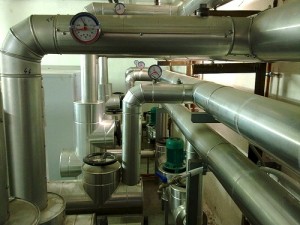Triple Pundit recently posted Upsite’s latest byline, discussing cooling in colocation facilities. From the article:
Many types of companies use colocation facilities – shared data centers – because they don’t have enough cabinets to justify their own data center, or they want the higher reliability of a colo site for their most critical equipment, even if they already have a data center of their own. Colocation facilities are no different than any other company that requires reliable power, connectivity, and cooling to run their servers. One of the largest expenses of a facility, yet arguably one of the most important for equipment protection, is cooling.

Cooling is especially important to the owners of a colocation facility because it is a large percentage of the total operating expense. The costs associated with leasing space in a colo facility are important to its tenants, and also important is the knowledge that their servers will be protected and kept running. Without proper cooling providing consistent and appropriate intake temperatures, the reliability of their servers will be compromised.
ASHRAE (the American Society of Heating, Refrigerating, and Air-Conditioning Engineers) sets standards for IT equipment intake temperatures. The recommended range is 64°F to 80.6°F (18°C to 27°C). These parameters are set mainly to achieve the most reliable operation of IT equipment and secondarily to allow for the efficient operation of the cooling infrastructure. Keeping an ever-changing facility environment within these boundaries, however, can be difficult to maintain.
The challenges colos face when trying to maintain best practices for airflow and thermal management are primarily because of having multiple customers in the same room. Cages required to provide security make it hard to maintain hot and cold aisle layout and prevent spaces in cabinet rows. It can also be hard to make customers use blanking panels, and hard to control placement of IT equipment in cabinets to assure front-to-back airflow. All of these issues are related and together can significantly compromise air flow management (AFM) best practices, the prevention of mixing and recirculation of air.


